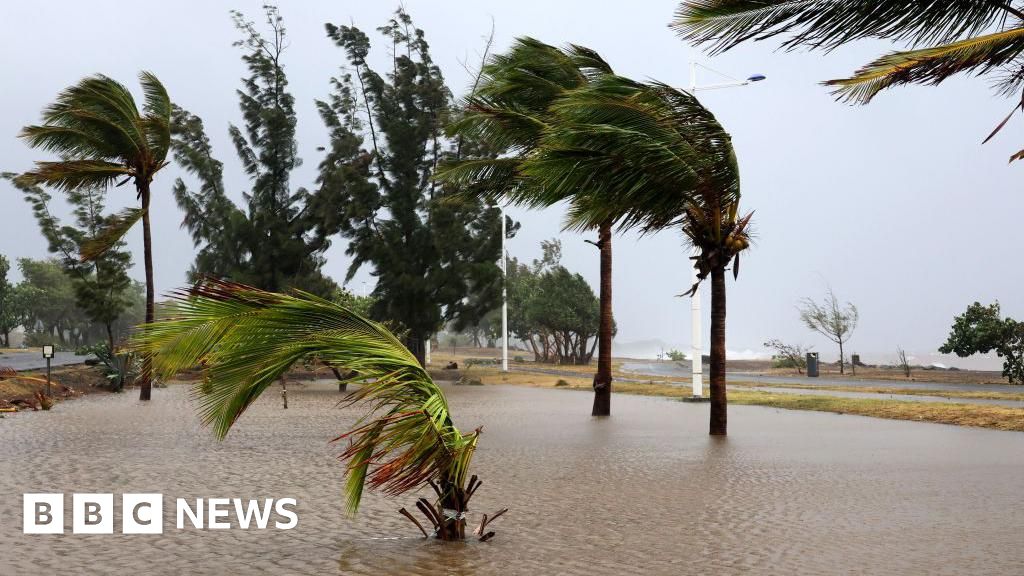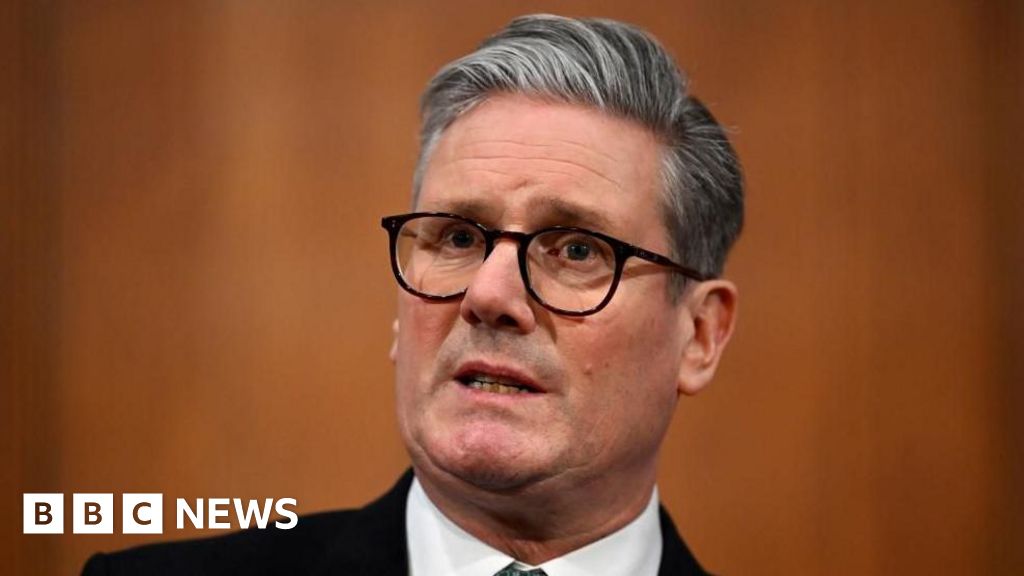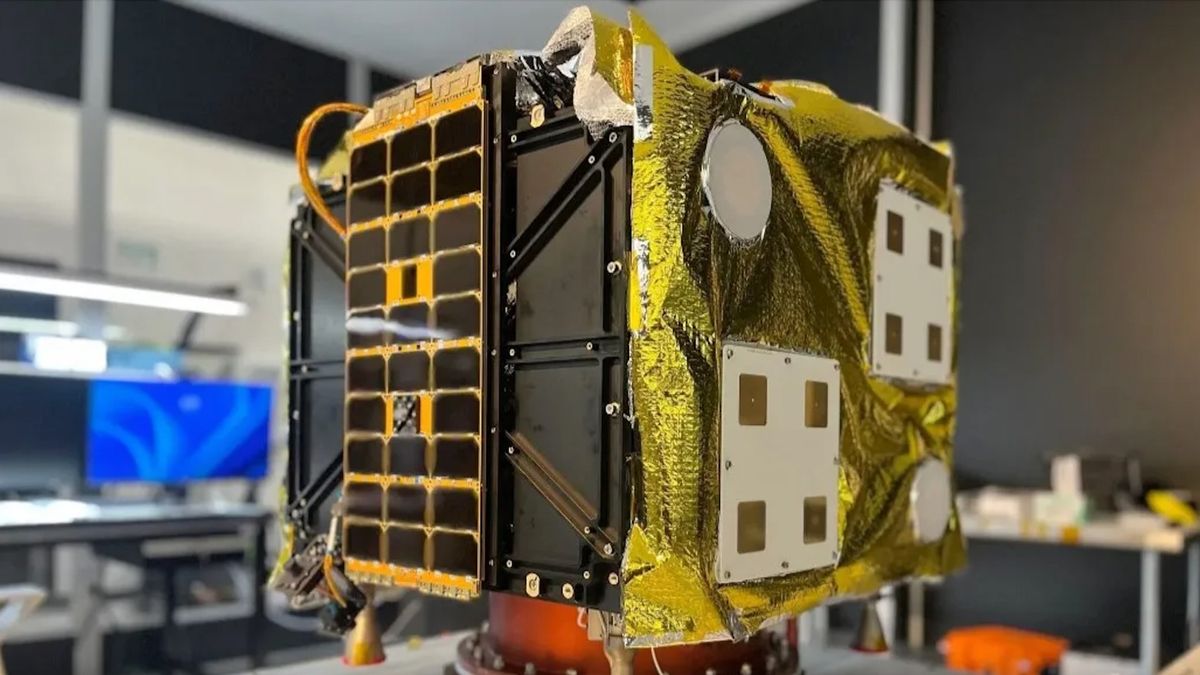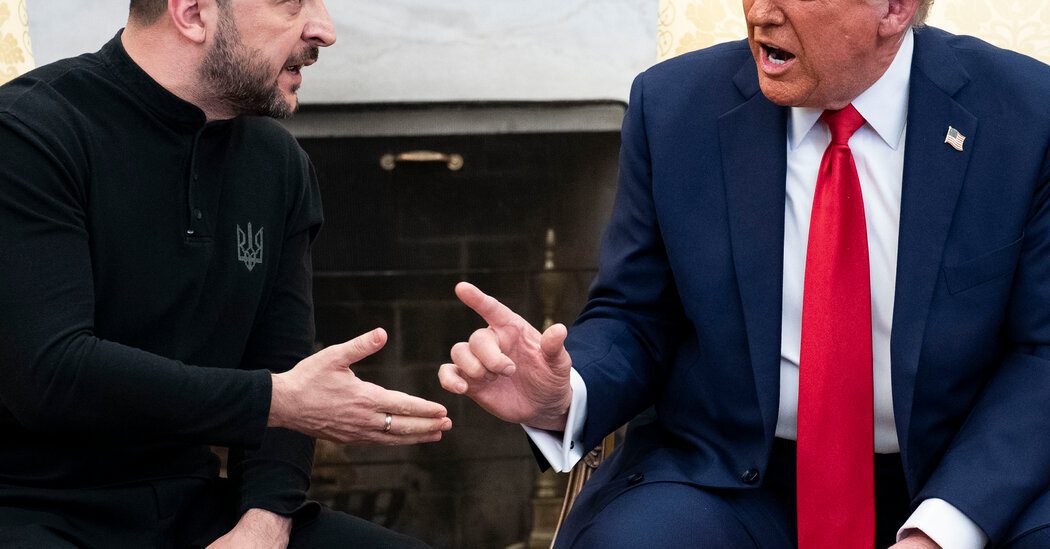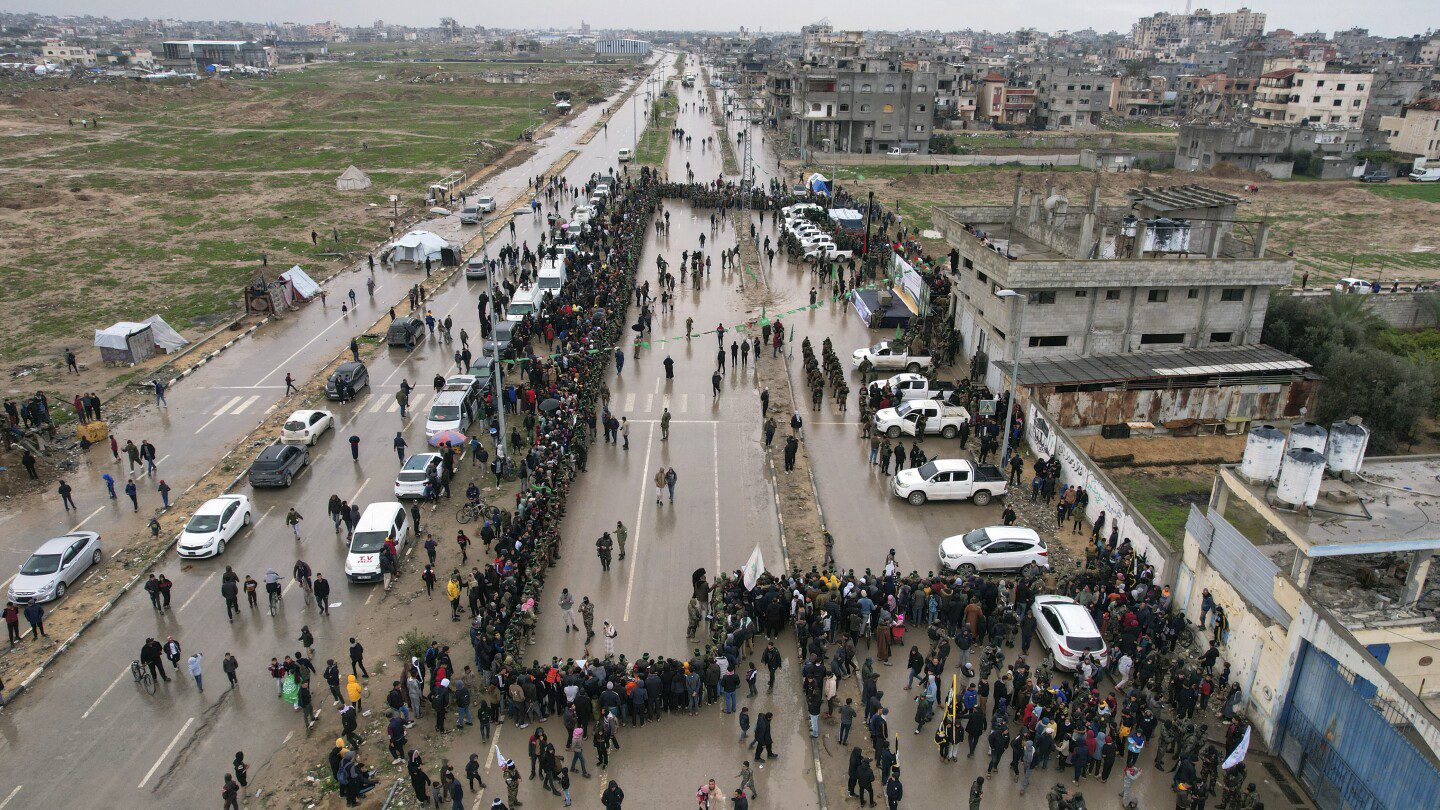
NUSEIRAT, Gaza Strip (AP) — In a significant development, Hamas has released the first two of six Israeli hostages scheduled for liberation on Saturday. This comes amid rising tensions that threaten to overshadow the frail ceasefire agreement in place.
The two freed individuals, Tal Shoham, 40, and Avera Mengistu, 38, were escorted to Red Cross vehicles after being brought to a stage by masked Hamas fighters in Rafah, a city in southern Gaza. Shortly thereafter, the Israeli military confirmed their return to Israel.
Earlier on Saturday, Red Cross vehicles arrived in Nuseirat for the next phase of the hostage transfer. This latest release is part of a broader agreement that involves releasing hundreds of Palestinian prisoners by Israel in exchange for hostages. Tensions flared earlier this week following a distressing incident where Hamas mistakenly returned the wrong body of Shiri Bibas, an Israeli mother taken captive along with her two young sons.
The body transferred with Bibas’ sons was later identified as that of an unidentified Palestinian woman. In response, Israeli Prime Minister Benjamin Netanyahu promised retaliation for what he termed "a cruel and malicious violation," while Hamas claimed the mix-up was accidental.
As part of the ongoing negotiations, the Palestinian Mujahedeen Brigades, who reportedly held Bibas and her children, announced that they had handed over a second body on Friday night. The following morning, Bibas’ family confirmed that Israeli forensic experts identified the remains as hers, leading to a bittersweet sense of closure. "For 16 months we sought certainty, and now that it’s here, it brings no comfort, though we hope it marks the beginning of closure," stated the family.
Challenges Ahead for Ceasefire Negotiations
This dispute over body identification raises further uncertainties about the ceasefire agreement, which has paused over 15 months of conflict but is approaching the conclusion of its initial phase. Difficult negotiations lie ahead for a second phase, where Hamas is expected to release additional hostages in return for a prolonged ceasefire and an Israeli withdrawal.
The six hostages released on Saturday represent the last known living captives under the current ceasefire agreement. Though their freedom brings momentary joy, concerns linger about the fate of the remaining hostages taken during the October 7, 2023, Hamas attacks which resulted in 1,200 deaths in Israel and ignited the ongoing conflict.
"This is an unforgettable moment, where all emotions are rapidly mixing together. Our Tal is with us," expressed Shoham’s family in a statement, urging the need for a comprehensive deal to secure the remaining captives’ release. Shoham, who holds both Israeli and Austrian citizenship, was visiting family in Kibbutz Be’eri when the Hamas assault occurred. His wife and children were among five family members subsequently freed in a previous prisoner exchange.
Mengistu, who is of Ethiopian-Israeli descent, has been held in Gaza since entering the territory in 2014. Mengistu’s family erupted in joy upon seeing him for the first time in over a decade while viewing the handover on Israeli television.
The other hostages released include Eliya Cohen, 27; Omer Shem Tov, 22; and Omer Wenkert, 23, all abducted from a music festival during the October 7 attacks, along with Hisham Al-Sayed, 36, who also crossed into Gaza long ago.
Significant Releases of Palestinian Prisoners
In return, over 600 Palestinians imprisoned in Israel are set to be released, as confirmed by the Palestinian prisoners’ media office. Among the prisoners to be freed are 50 individuals serving life sentences, 60 with lengthy prison terms, and 445 who were detained by Israeli forces in Gaza since the conflict began.
Hamas has indicated plans to release four additional bodies next week, which would mark the completion of the first phase of the ceasefire agreement. However, they have asserted that the remaining hostages will not be released without a lasting cessation of hostilities and a complete Israeli withdrawal.
Prime Minister Netanyahu, with the support of the Trump administration, remains committed to dismantling Hamas’s military and authority, while ensuring the return of all hostages—objectives viewed as diametrically opposed.
Trump’s Proposal Unsettles Ceasefire Prospects
Trump’s proposal to displace approximately 2 million Palestinians from Gaza for U.S. ownership and reconstruction has cast further doubt on the ceasefire’s viability. Welcomed by Netanyahu, the plan has met with universal condemnation from Palestinians and neighboring Arab nations.
Trump expressed surprise over the rejection of his plan by Egypt and Jordan, noting he would not impose it. "I’ll tell you, the way to do it is my plan. I think that’s the plan that really works. But I’m not forcing it. I’m just going to sit back and recommend it," he stated during a Fox News interview.
Israel’s military operations have resulted in over 48,000 Palestinian deaths, mostly involving women and children, as reported by Gaza’s Health Ministry, which does not distinguish between combatants and civilians. Israel claims to have killed over 17,000 fighters but has not provided proof.
The conflict has devastated vast areas of Gaza, reducing entire neighborhoods to rubble. At its peak, 90% of Gaza’s population was displaced. Many returning to their homes now face the grim reality of lost property and no means to rebuild.
___
Shurafa reported from Deir al-Balah, Gaza Strip; Lidman from Tel Aviv, Israel. Contributions to this report were made by AP correspondents Abdel-Kareem Hana in Nuseirat, Gaza Strip, and Samy Magdy in Cairo.
___
For ongoing updates and comprehensive coverage, follow AP’s reporting on the conflict at AP News.



